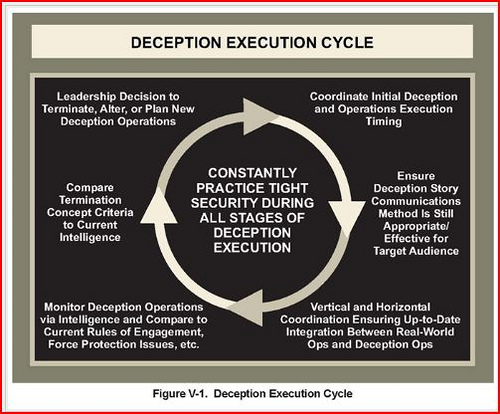US Doubles Down on “Crazy Karzai” Meme
As the US military bumbles and stumbles toward an ignominious exit from Afghanistan that is looking more and more like it will follow the script from the Iraq exit, it appears that the final ploy from Washington is an effort to paint Afghan President Hamid Karzai as detached from reality. This current ploy seems to be serving two purposes. First, it attempts to set the stage for an end-run around Karzai in a last-ditch effort to get some other party to sign the Bilateral Security Agreement allowing US troops to stay in Afghanistan after the end of this year. Second, it is obscuring yet another incident of indiscriminate US air raids and affiliated operations resulting in civilian casualties. Totally missing from these US actions is any awareness that Afghans cooperating with the US in this operation could well be motivated by the upcoming elections or an appreciation that the willingness of some Afghan citizens to participate in fabricating charges against the US isn’t necessarily an endorsement of the Taliban as much as it represent the intense desire of many Afghans to get the US out of their country after 13 years of war.
The current circus was precipitated by the January 15 incident in the Ghorband District of Parwan province. As I noted right after it happened, distinctly different accounts of what happened appeared in the New York Times and Washington Post. Karzai appointed a commission to investigate the incident. Leading the commission was Abdul Satar Khawasi. He is a member of the Afghan Parliament and represents Parwan. He also is known to be anti-American, and articles about the commission’s report from both ToloNews and the New York Times mention a video in which he appears and:
Mr. Khawasi is heard urging a crowd of angry Afghans to wage a holy war against Americans, saying, “Anyone who sits silent is a traitor.”
The Times pointed out just after the report was released that at least one photo in the report was from 2009, but now the entire report is being questioned by the Times because of that one photo:
The CD-ROM contains nine other photographs, all of which appear to be frames from a video clip on the disk. The video purports to show the funeral of villagers who were killed in the airstrikes and houses that were destroyed. The graphic images include some of a woman whose face is gone.
The Times’ examination found no physical clues in the video that would help determine where or when it was shot. The file’s creation date is Dec. 18, nearly a month before the raid, though it may not be accurate; digital time stamps on the accompanying photos say they were created in April 2014, and the video’s embedded data could be similarly unreliable.
Even if the video is actually of a funeral in Wazghar, some Afghan and Western officials said there was no way to tell from it whether an airstrike or some other gunfire or explosion had killed the people seen being buried, or who was responsible.
But even though an Afghan villager was brought out to “identify” fellow villagers in the false photo in question, this whole episode of discrediting the commission’s report still has one major problem: Read more →

